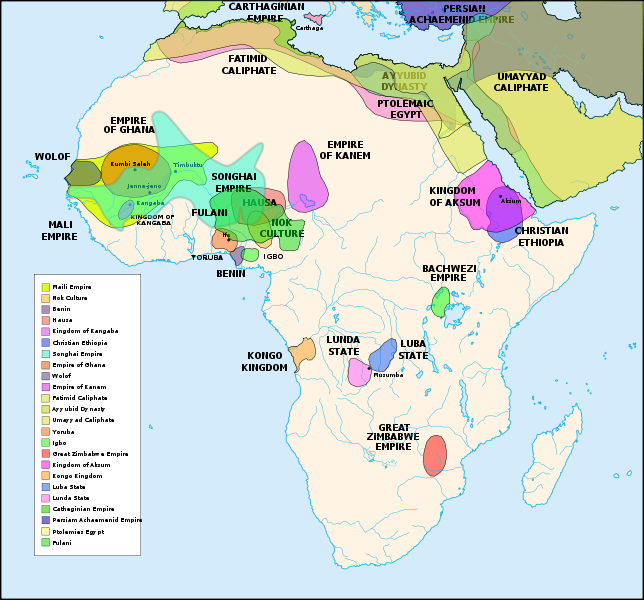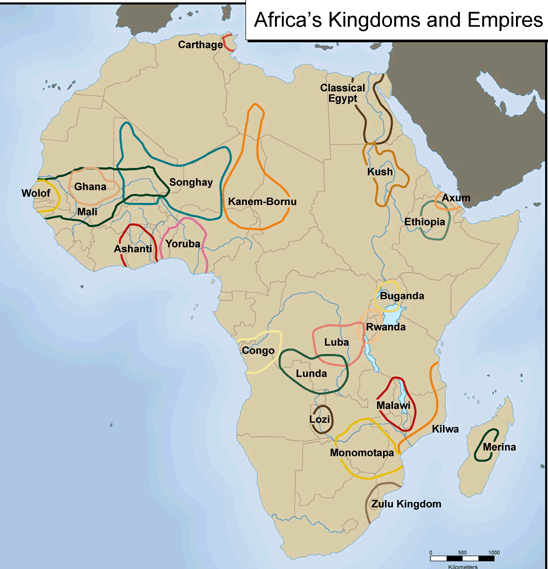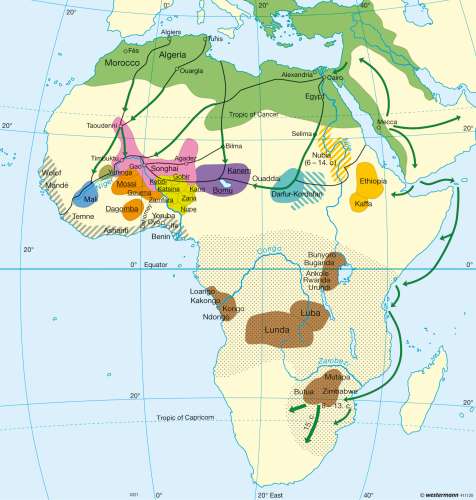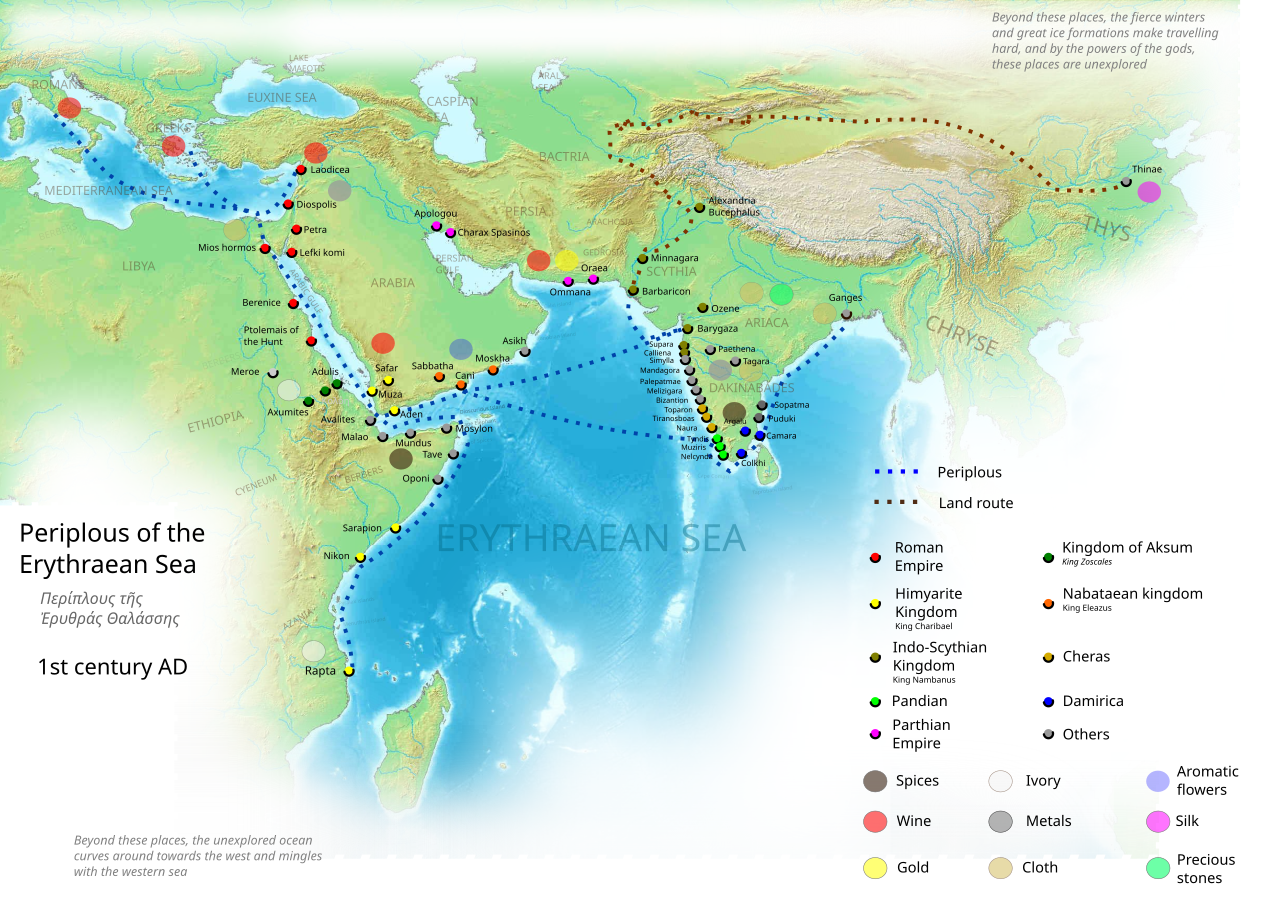I've realised that Somali states are never mentioned by mainstream African historians, why is that? Were they insignificant? Why is Great Zimbabwe or the Kongo kingdom more talked about than the Ajuuraan or Adal?
Somali states are always omitted from maps of African civilisations as well. Check these out



There are many other maps like these. @James Dahl @Grant @MARAQ DIGAAG @SultanuuFicaan and all the other sspot historians let's discuss this.
Somali states are always omitted from maps of African civilisations as well. Check these out



There are many other maps like these. @James Dahl @Grant @MARAQ DIGAAG @SultanuuFicaan and all the other sspot historians let's discuss this.




